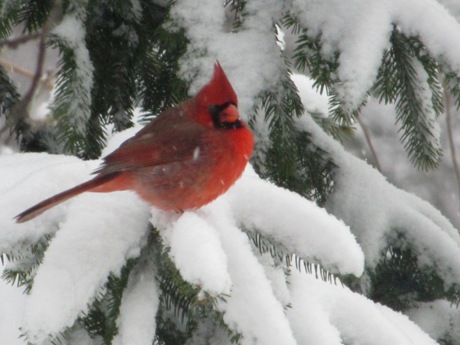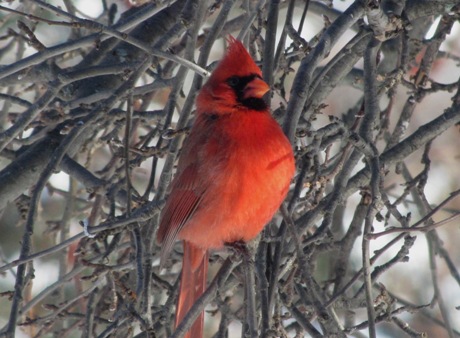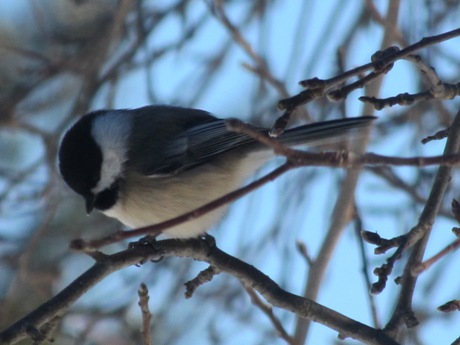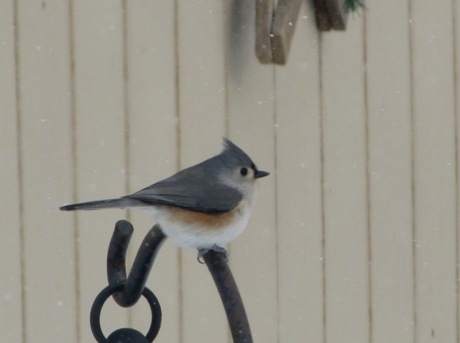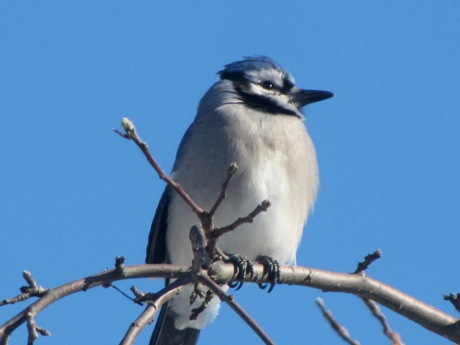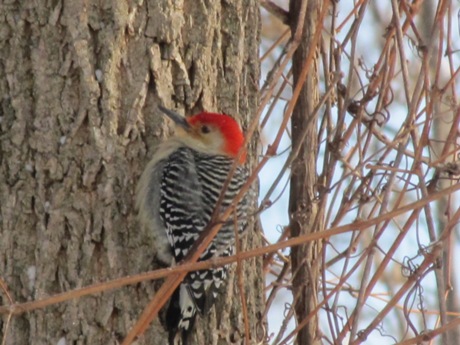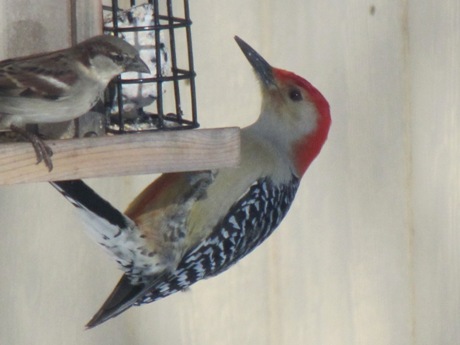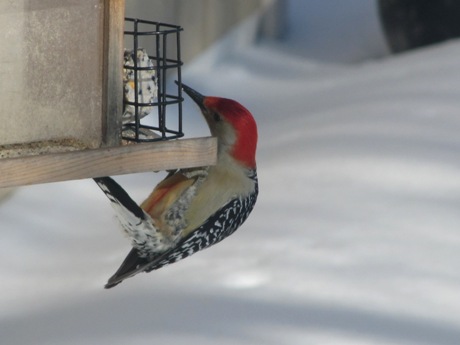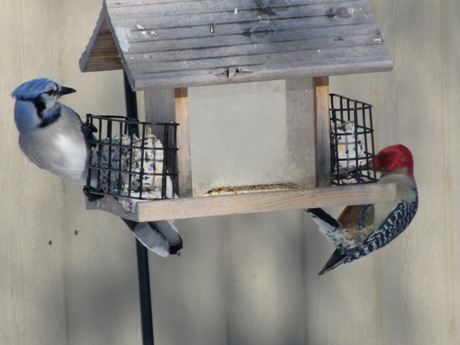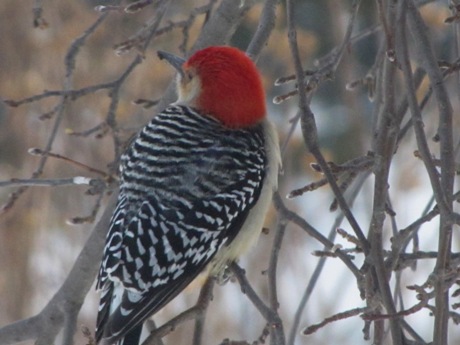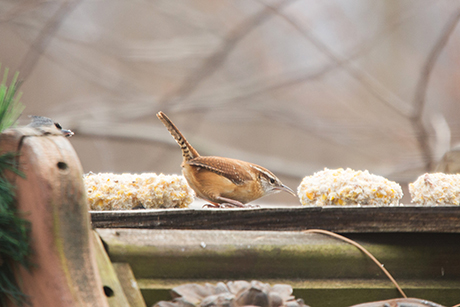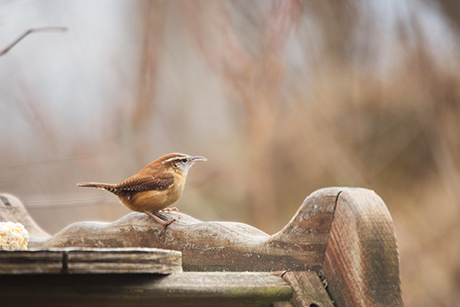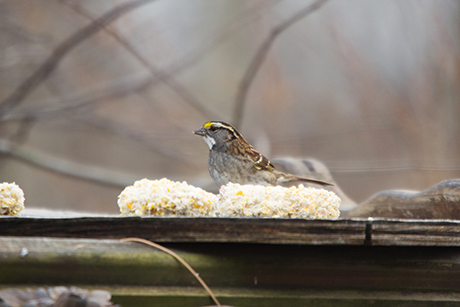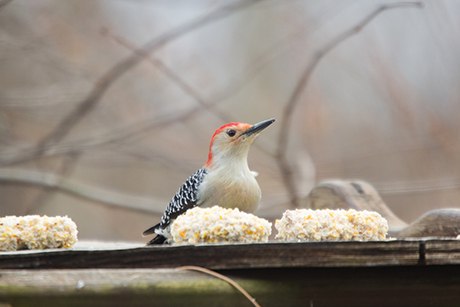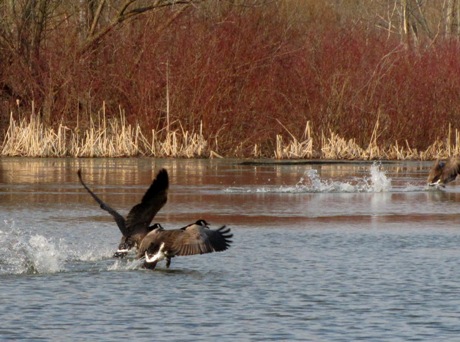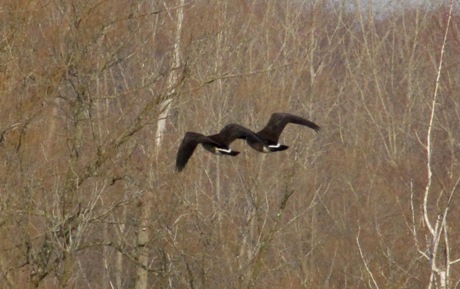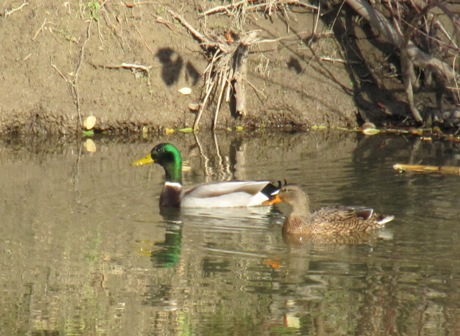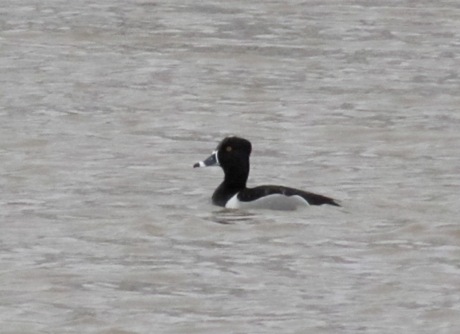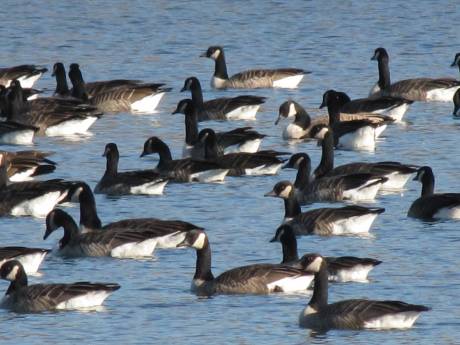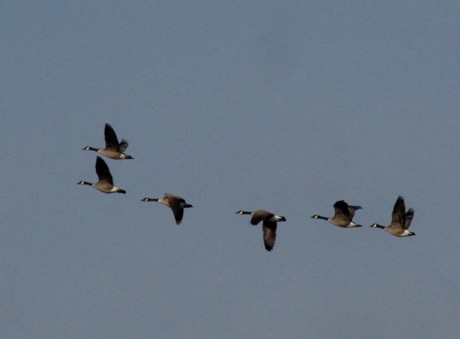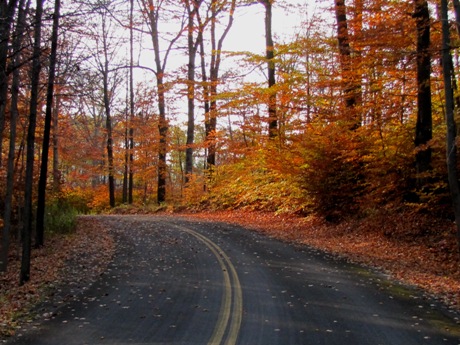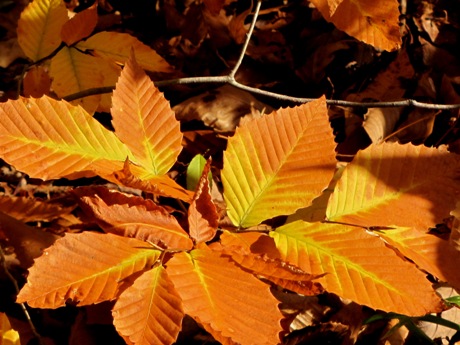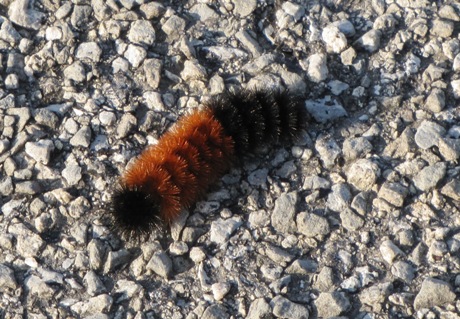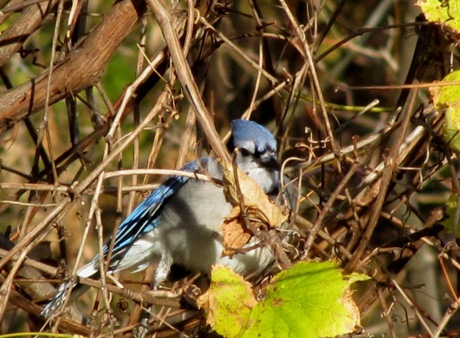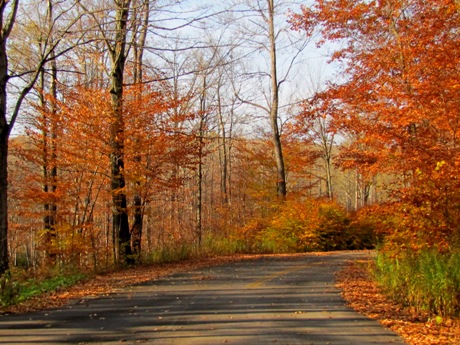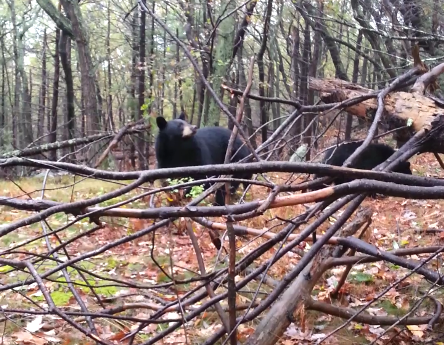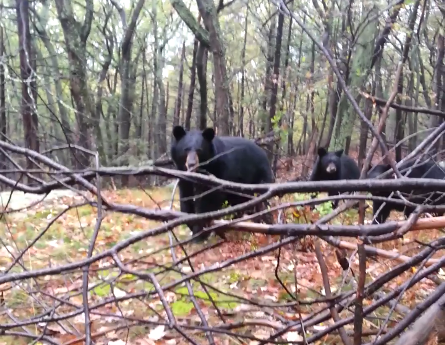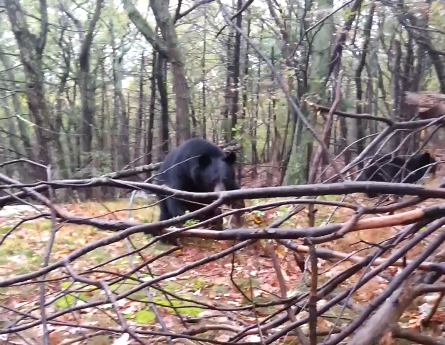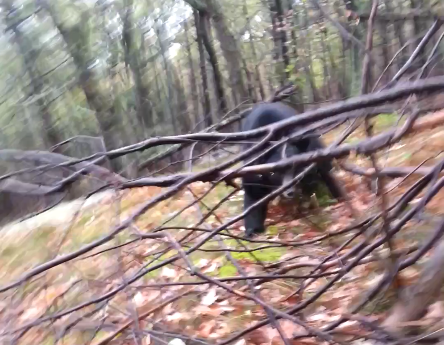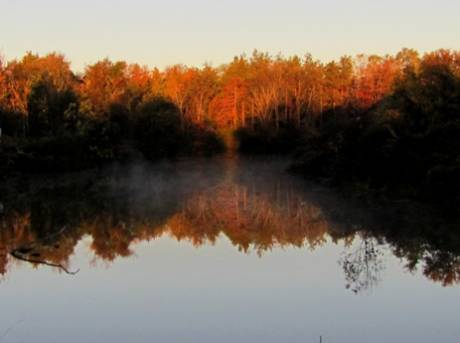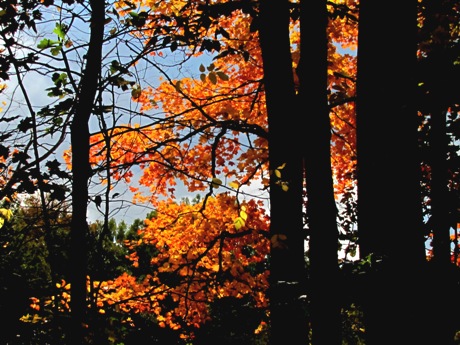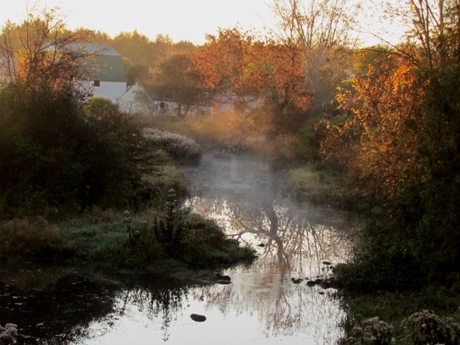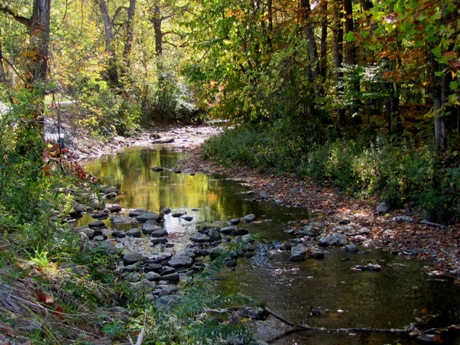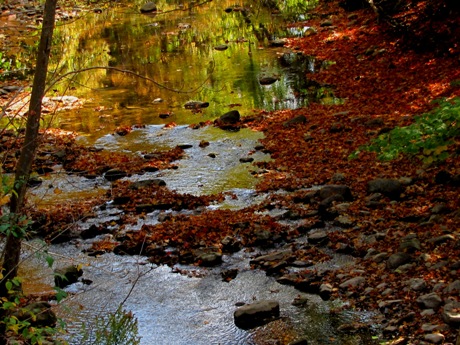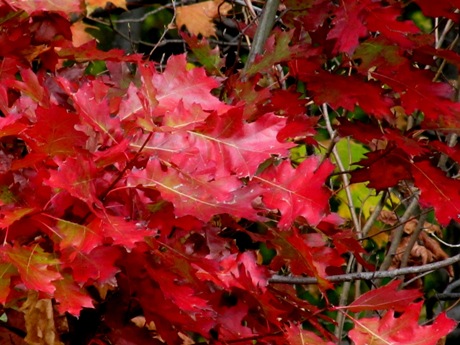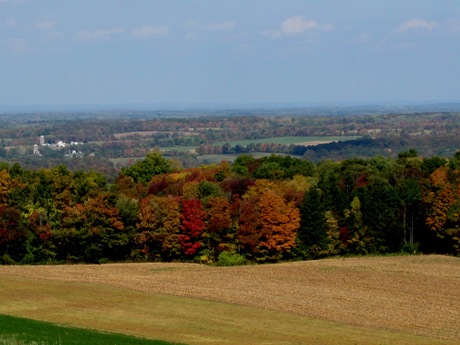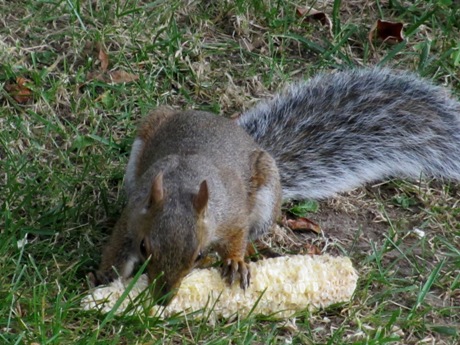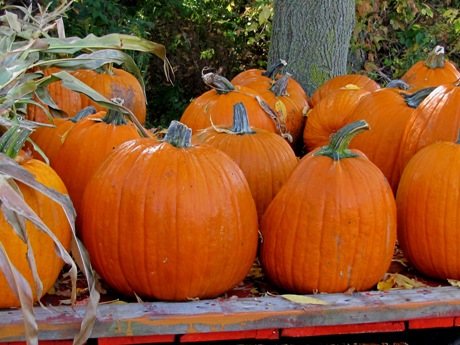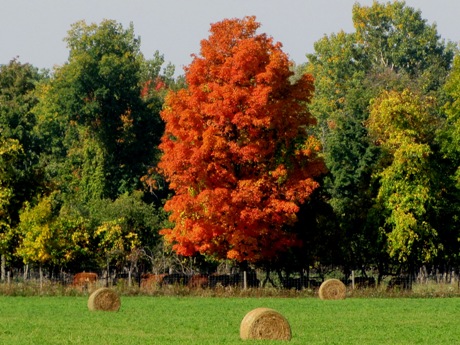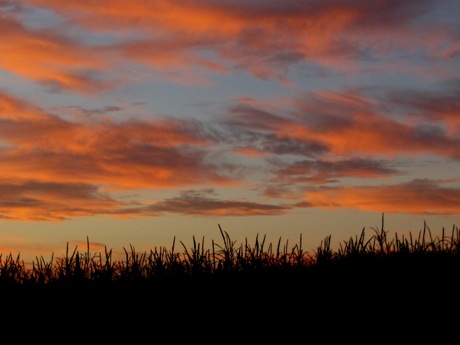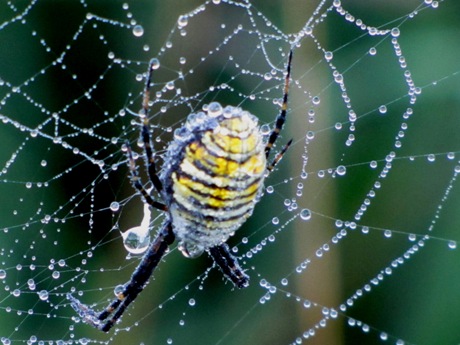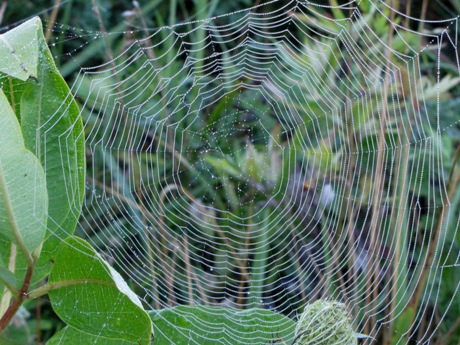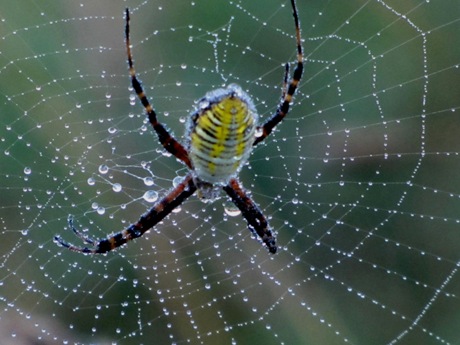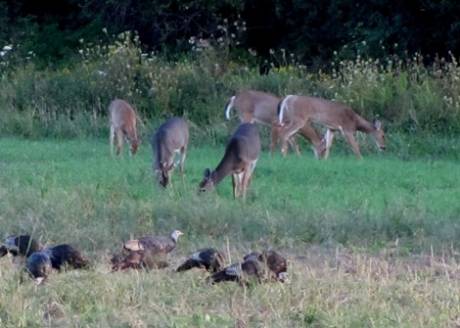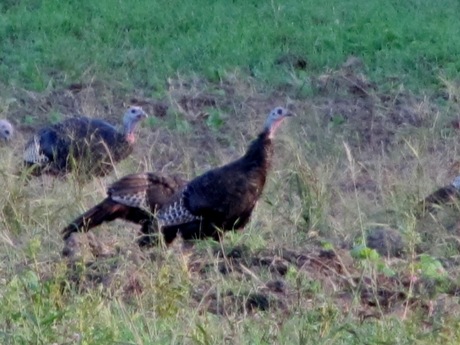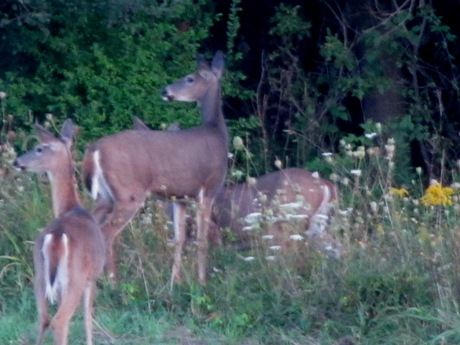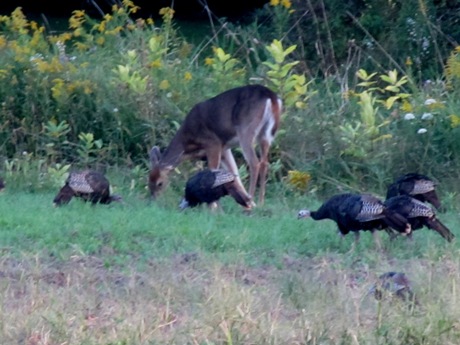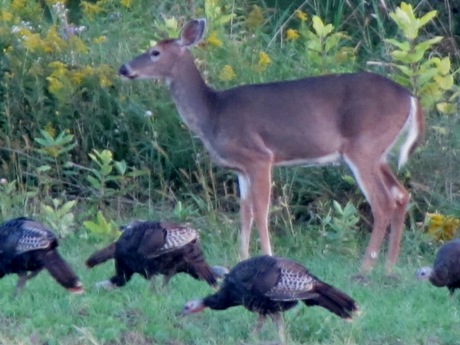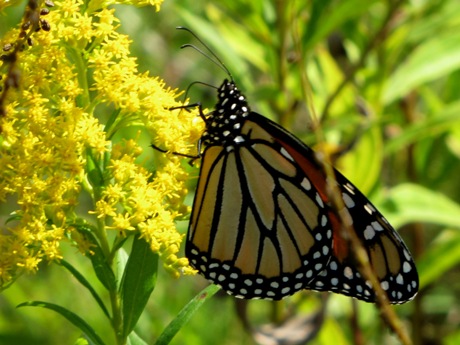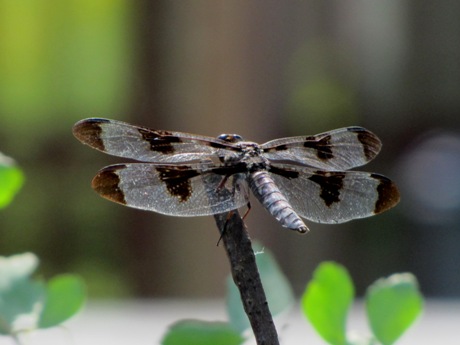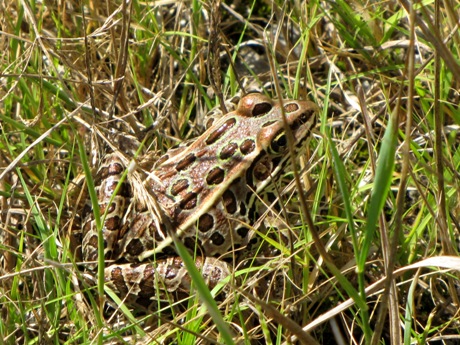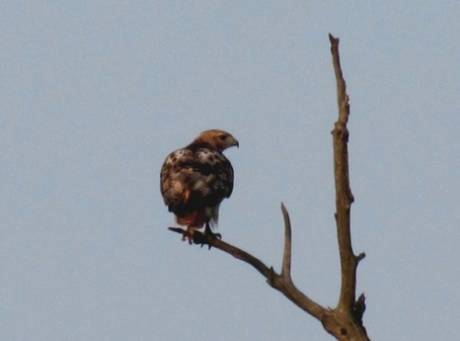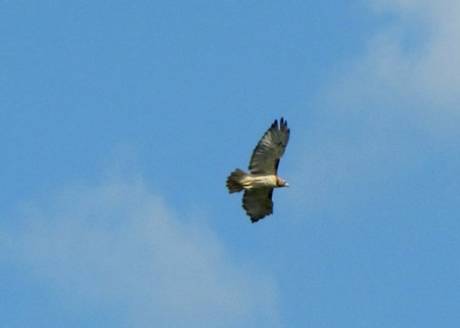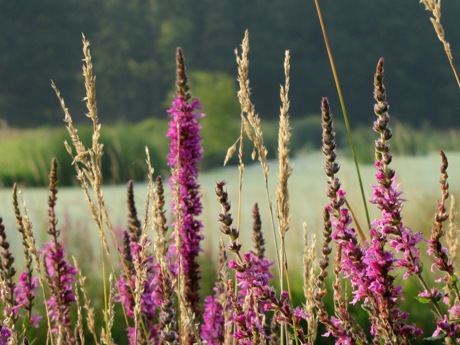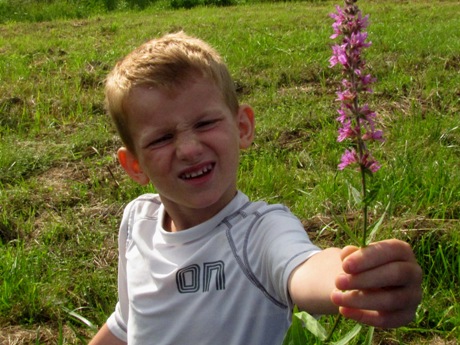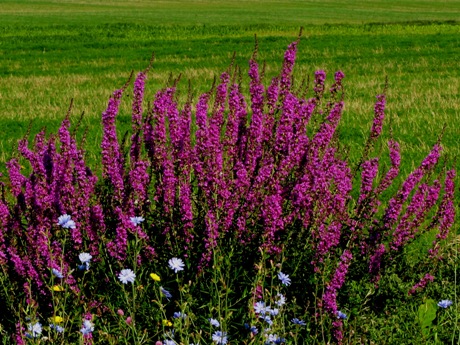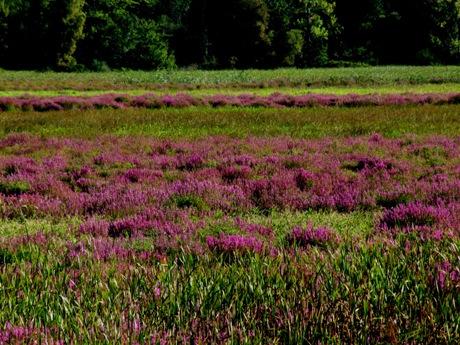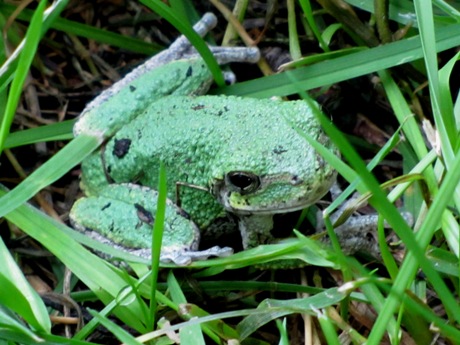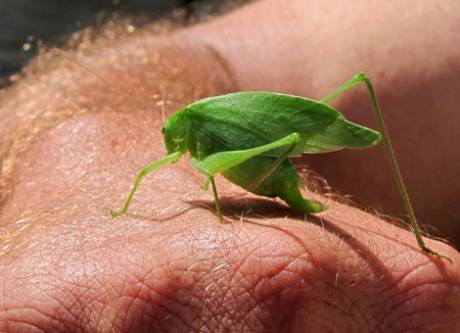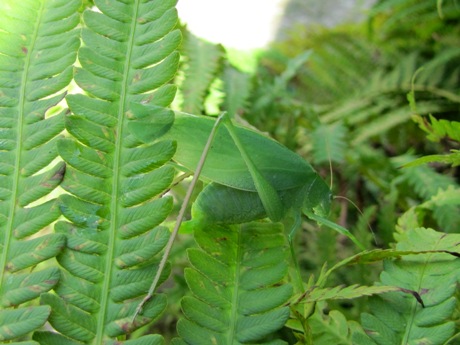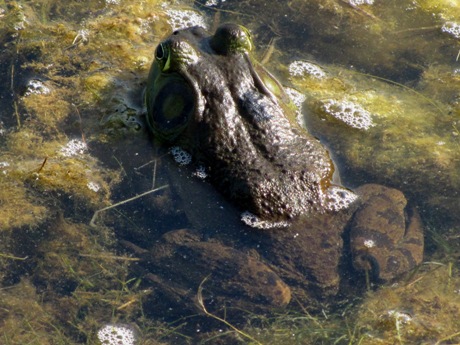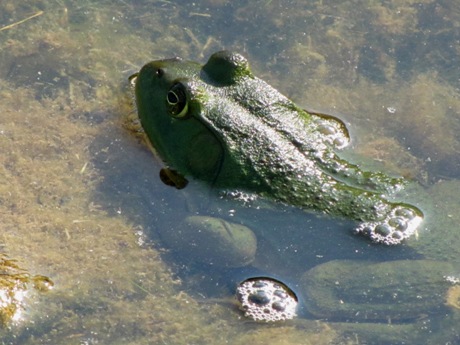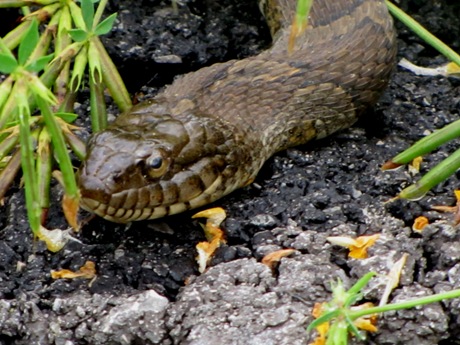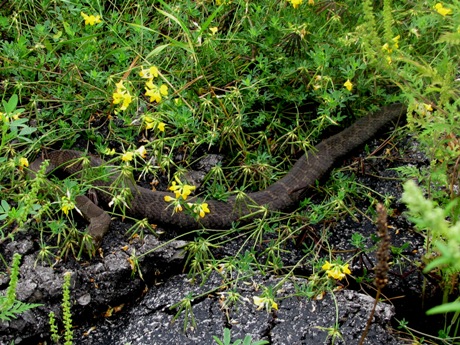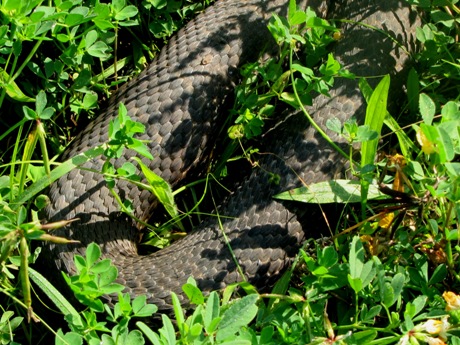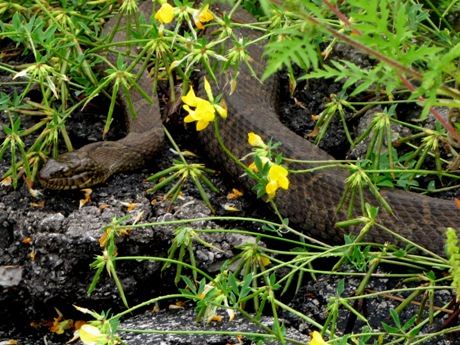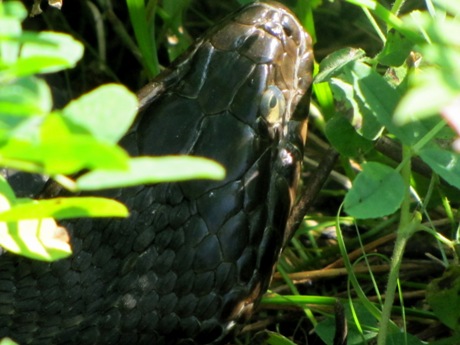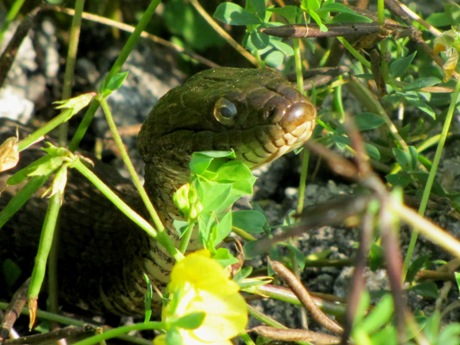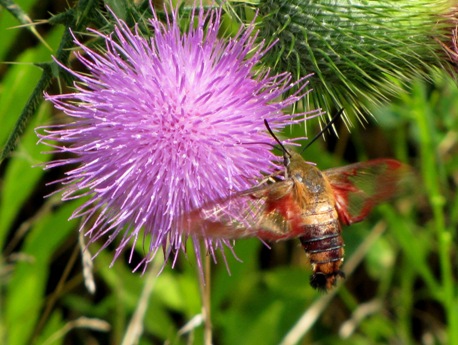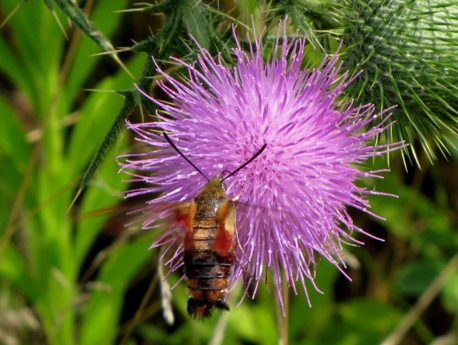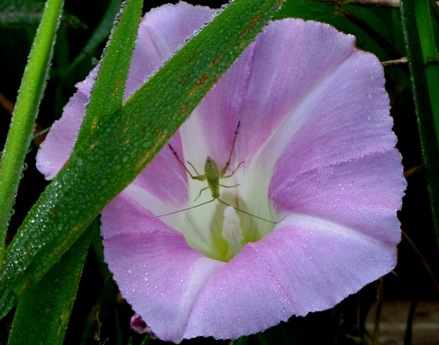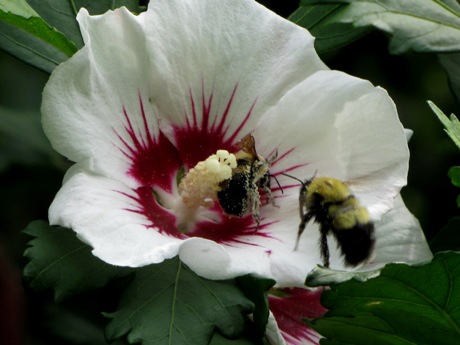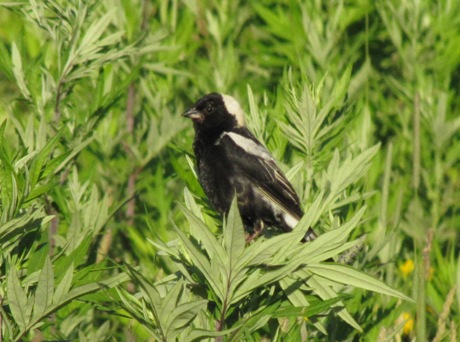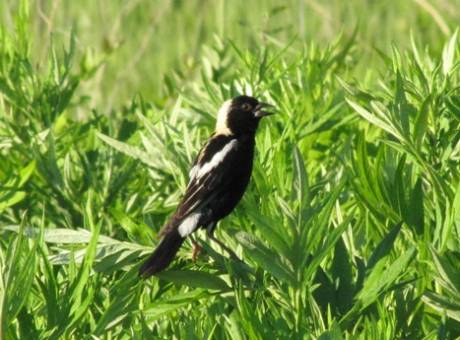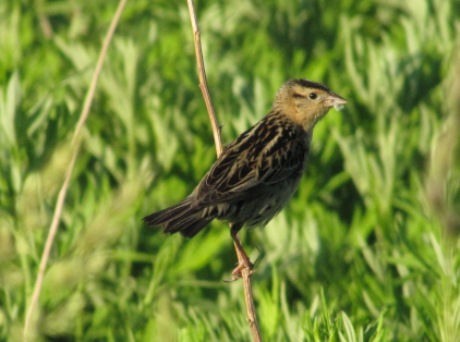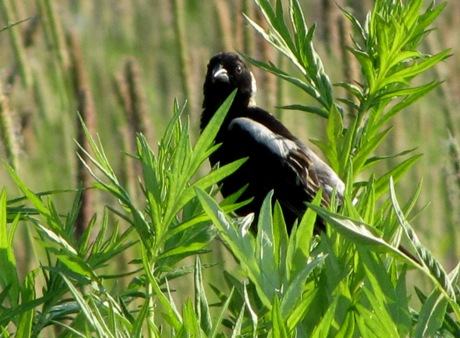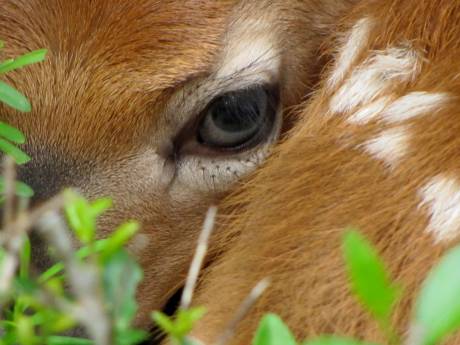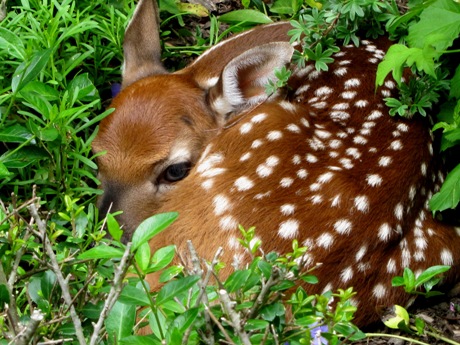It was approximately 4 p.m. on Thursday, Oct. 23rd, when Mike Corbelli experienced the encounter of a lifetime.
A Batavia resident, Mike was archery hunting for black bear with a group of local men from Genesee and Wyoming counties. The group was hunkered down in Sterling Forest State Park in the Ramapo Mountains of Downstate New York. Their outing ran from Oct. 19th to the 25th. On Tuesday a nor'easter passing along the New England coast began permeating the area and for two days the hunters dealt with the storm's wind and rain.
By that Thursday there was no let up and with the wind gusts toppling trees, rather than use a climbing tree stand, Mike opted to conceal himself in a fallen tree situated at the edge of a shallow ravine. As things turned out, the weathered blowdown worked good- - almost too good.
Eventually Mike saw movement off in the distance, something black appeared, moving slowly through the forest. It was a bear and moving in his direction. Then he spotted another.
Mike knocked an arrow, waiting to see if either was big enough to take. Suddenly he spotted a third bear, a large sow. It then became evident the first two were cubs. Slightly further back of this trio were two more cubs. Because it's illegal to take a bear with cubs, Mike let off on the bow string and switched modes.
"Seeing the cubs made me drop my guard," he said. "I changed perspectives, going from hunter to enthusiast."
Keeping in mind these are wild animals, he never put his bow down, instead simply switching hands, holding his bow in his right hand and using his left to take photos with his phone.
While Mike had switched modes, that wasn't the case with momma bear. She was looking for food and she and three of her offspring continued in Mike's direction with one of the cubs deciding to climb a nearby tree. The closest cub was gamboling about, playfully working its way toward Mike when momma, possibly on alert, gave the cub a hard shove with her head, possibly sending her offspring a message which said, "pay attention -- something's not right."
By now the sow is in the lead and within five feet of Mike and he realizes he needs to do something. But what? With the ravine at his back he has nowhere to go. So, he stood up and shouted "NO" with all the authority he could muster.
Alarmed, the sow retreated slightly -- and only slightly -- a matter of a few feet. Now definitely aware of a threat, her protective instincts kicked in as she snarled and held her ground before lowering her head and making a false charge.
With 300 pounds of protective mother bear threatening him, it's totally understandable if Mike's pic is a tad blurry.
After bluffing her charge, the sow ran around the tree one her cubs had climbed and tried to come at Mike from a different angle. Now it was all about survival.
Mike recalled a video by veteran bow hunter Wayne Carlton, explaining that, "a bear coming toward you is coming for one reason -- to eat. You need to make yourself bigger than the bear." ... Recalling those words Mike Corbelli raised his arms over his head in an effort to make himself appear as big as possible and then he audibly growled. That seemed to do the trick as the big sow finally turned and ran into the ravine.
In this pic you can see two of the cubs treed and another about start climbing. That black blur on the floor of the ravine and just to the right of a big tree is the sow.
Mike's hunting companions, L to R: front, Tracy Mallon, Charlie Heintz; middle, Shawn Kibler, Dick Cecere; back, Tony Davoli, Mike Hallagan, Bob Botel, Mike Corbelli. Upon seeing the video Mike took of his encounter, each of his fellow hunters expressed amazement at the turn of events, how close he was to the bears and the outcome.
Photos and video courtesy of Mike Corbelli. Check out the video at the link below.
Video on YouTube
